Via Valerie Shum

|
Rescooped by
Catherine Smyth
from Stage 2 History - Contacting the shores of Australia
onto Primary history- First Contacts June 27, 2018 4:32 AM
|



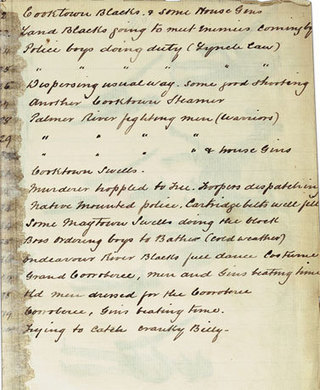


 Your new post is loading...
Your new post is loading...



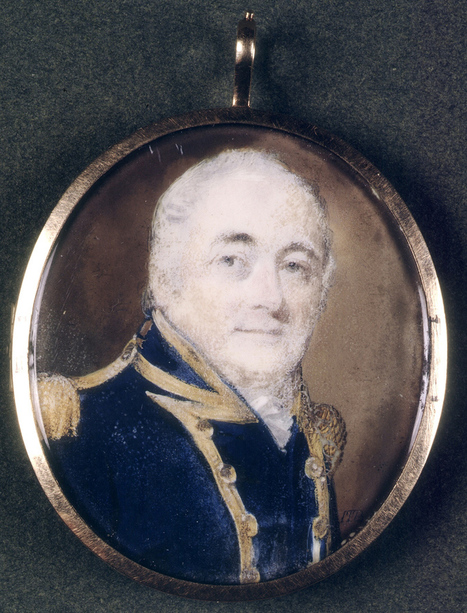


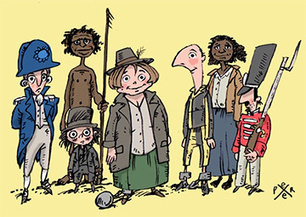





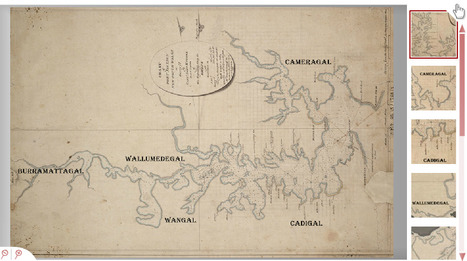




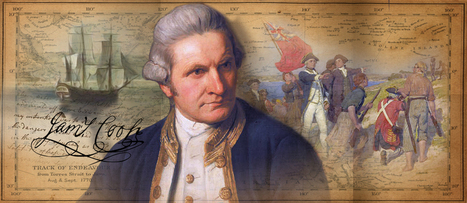
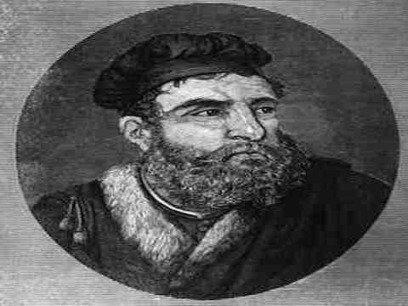



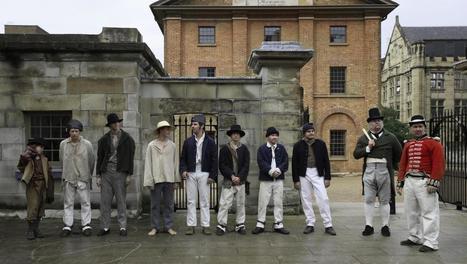










Wow. This unique treasure opens up a rare perspective of First Contacts. Stage 2. Digitised pimary source. @mareewhiteley #histedchat #edchat #Aboriginalperspectives #museums